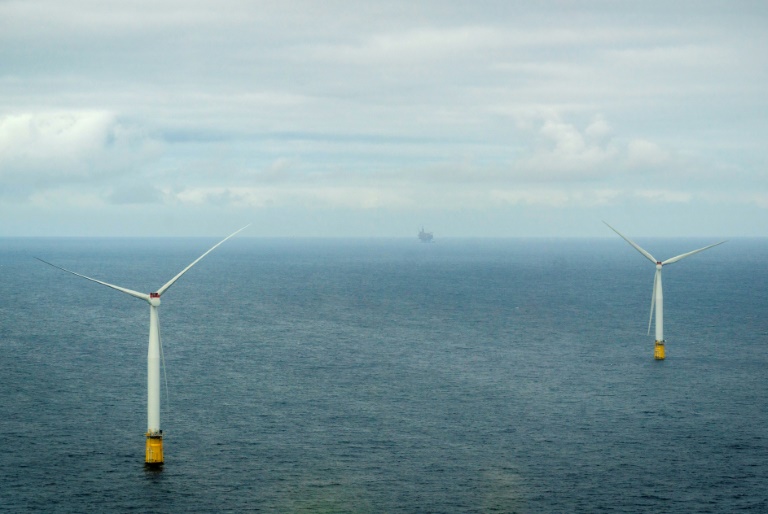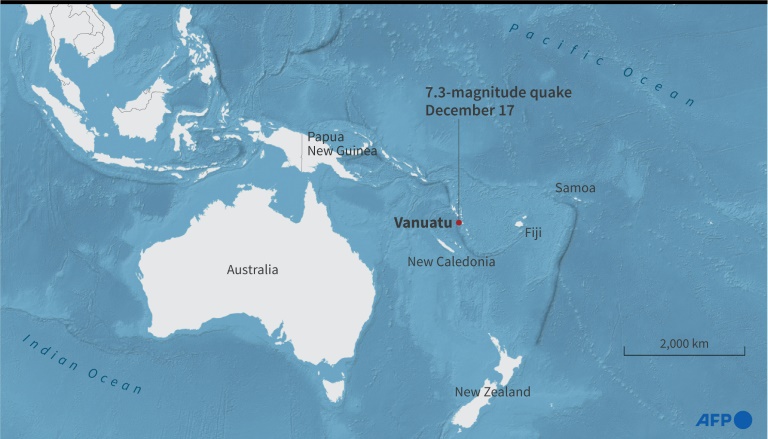AFP
Norway inaugurated the world’s biggest floating wind park in the North Sea on Wednesday, an emerging technology considered promising for the transition from fossil fuels to green energy.
The Hywind Tampen field is made up of 11 turbines producing up to 8.6 megawatts each, providing five neighbouring oil-and-gas platforms with about 35 percent of their energy needs.
The field located some 140 kilometres (87 miles) offshore began production at the end of last year, but was officially inaugurated Wednesday by Norwegian Crown Prince Haakon and Prime Minister Jonas Gahr Store.
“We and Europeans all need more electricity. The war in Ukraine has reinforced this situation,” Store said, quoted by Norwegian agency NTB.
“This electricity must be from renewable sources if Europe wants to reach its climate goals,” he said.
Unlike offshore wind turbines that are fixed to the seabed, floating turbines are, as their name suggests, mounted on a floating structure anchored to the seabed.
This makes it possible for them to be installed in deeper waters and further from the coast, where winds are more consistent and stronger.
They are however more expensive to build.
The construction of Hywind Tampen, in depths between 260 and 300 metres (853 to 984 feet), cost some 7.4 billion kroner ($691 million).
“Yes it’s expensive, but someone has to lead the way,” the prime minister said.
The project is owned by Norway’s state-owned oil groups Equinor and Petoro, Austria’s OMV, the Norwegian subsidiary of Italy’s Eni dubbed Var Energi, Germany’s Wintershall DEA and Japan’s Inpex.







